Ugly. We know it can be a harsh and potentially confusing term, especially when hurled at our favorite foods. What does “ugly produce” mean, anyway? Here are some of the most common reasons that perfectly good fruits and vegetables get rejected by grocery stores and can end up going to waste (unless of course, they end up in your Imperfect order):
Size: Too small, too big, too varied
After harvest, produce is sorted according to size, usually based on how many of a given item fits in a standard case. For example, large avocados fit 36 to a case while mediums fit 48 to a case. Like a produce Goldilocks, supermarkets reject tons of produce as too small or too large for their standards. They also reject cases of produce in mixed sizes when they only want to buy one size. We happily source the tiny avocados and cannonball-sized onions of the world because they taste the same and are just as easy to cook with as “normal” sized produce.
Shape: Too misshapen or asymmetrical
Supermarkets want produce that fits evenly into display cases, so they can build pristine pyramids to entice buyers. This desire for symmetry means that oddly-shaped produce is deemed inferior. For example, bell peppers that cannot stand straight up are labeled second class peppers (AKA ugly produce), even though a bell pepper doesn’t need to stand up to go in fajitas. Leeks that are too curved, twin kiwis, double cherries, and lemons that resemble muppets (LTRM) also get spurned because of their unique shapes.
Scarring: Too many marks on the skin or peel
Supermarkets want to buy produce that looks beautiful and unblemished on the outside, which means that lots of scarred fruits and vegetables go to waste, even though they’re perfectly fine inside. Pears that brush up against a branch in the wind, apples with hail damage, and oranges that have had a rough winter can’t go to stores and have to wait for a juicer or processor to show interest before they can find a home. Even if a grower can sell these scarred items to a juicer or processor, they’ll only get 30-40% of what they’d receive on the fresh market. We’d rather give them a way to sell their ugly fruit than that doesn’t involve routinely losing money!
Discoloration: Too different in color from the average
Produce that isn’t uniformly one color often gets undervalued and goes to waste, despite having the same taste and nutrients as uniformly colored produce. Uneven coloration happens for a variety of reasons. Melons with a little sunburn, acorn squashes with a blemish from where they touched the ground, and bell peppers that just have a few naturally occurring splotches are all deemed ugly produce.
Lack of a consumer market: Too unpopular
Perfectly good food goes to waste every day simply because there isn’t enough demand for it. For example, our broccoli leaves from Lakeside Organic Gardens are a healthy and delicious part of the broccoli plant that often gets left in the field just because stores only want to buy broccoli crowns. As a reference, the stalk and leaves are over two-thirds of the plant!
Surplus: Too many
Some of our produce has no cosmetic issues whatsoever and would only go to waste because there is too much of it on the market. It takes a lot of time, money, and resources to pick, chill, package, and ship produce. So, for example, if the market is flooded with kale or zucchini, oftentimes they will get left unpicked in the field because letting it go to waste is actually cheaper than harvesting and transporting them. Thankfully, we have relationships with farmers all over the country so they can give us a call, get a fair price for what they’ve grown, and send their surplus produce off to find a home in your Imperfect order.
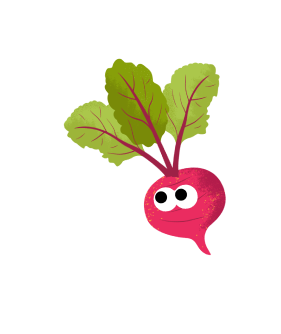
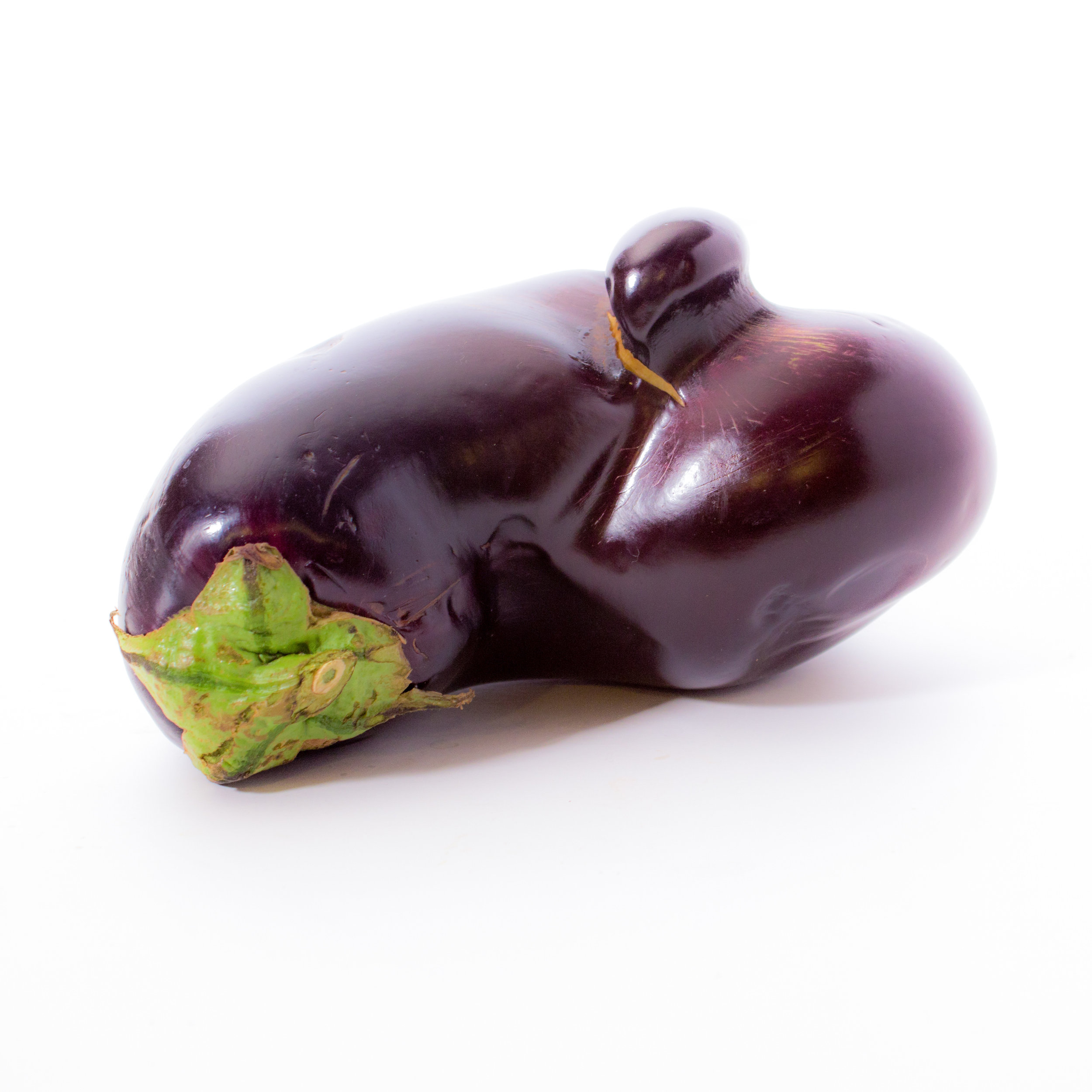


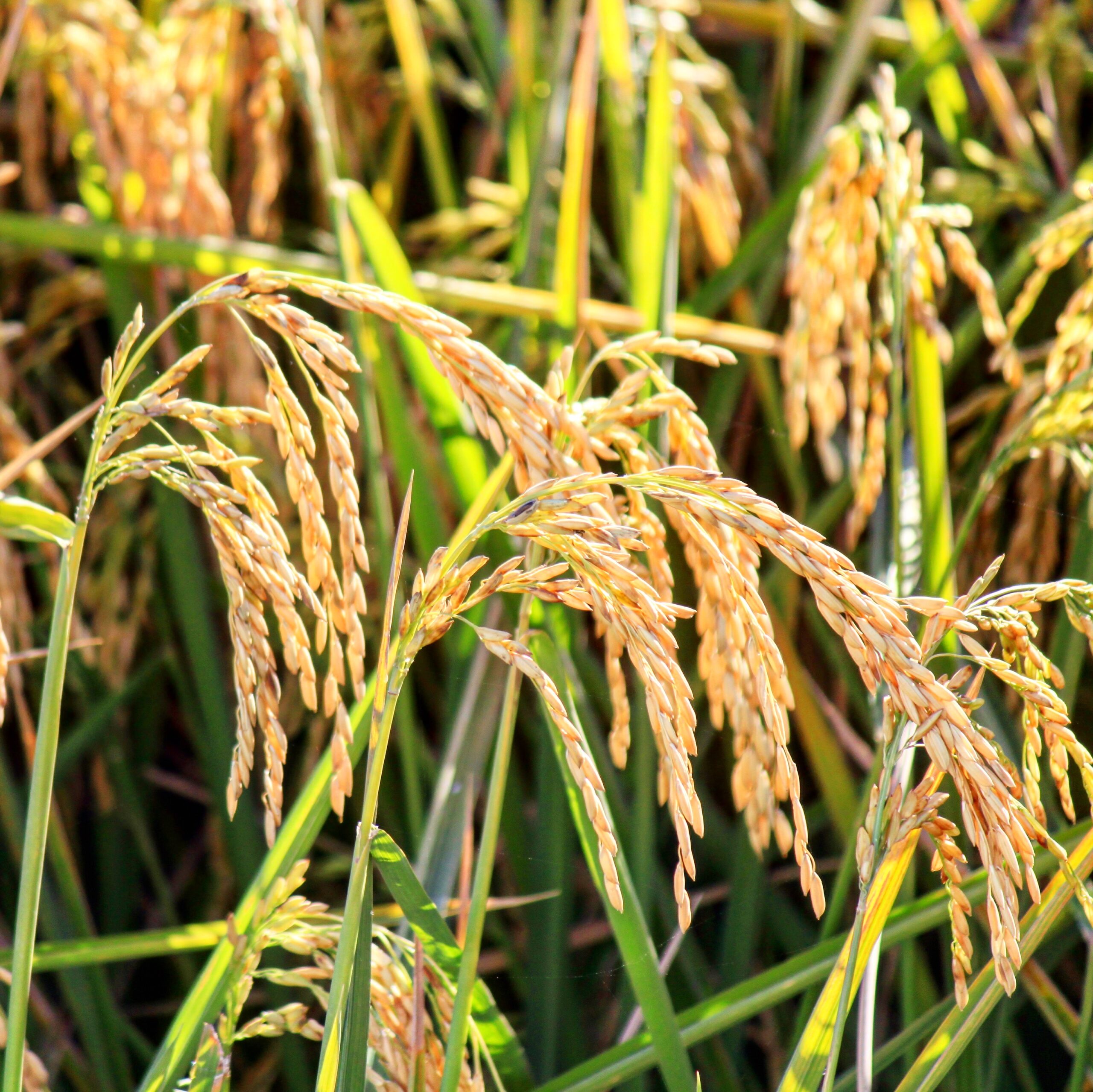
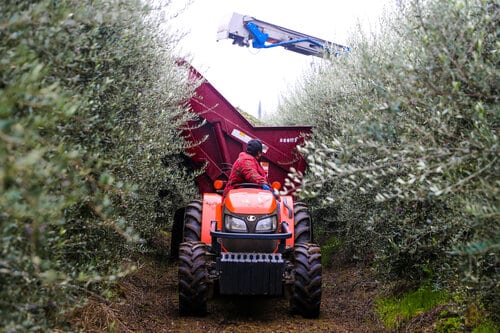
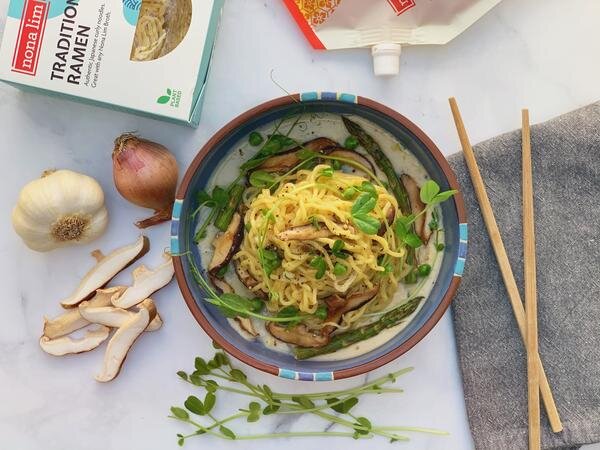
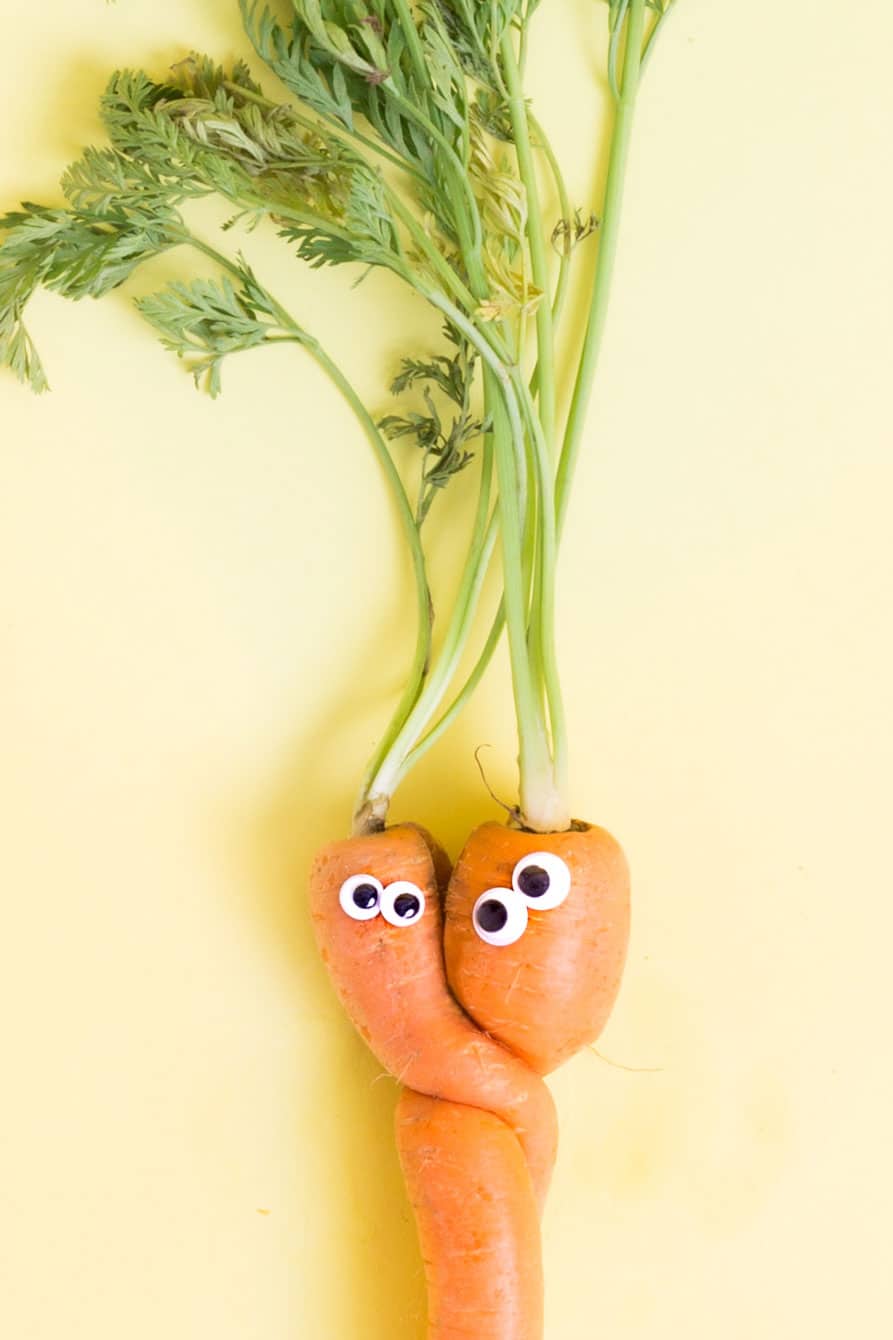
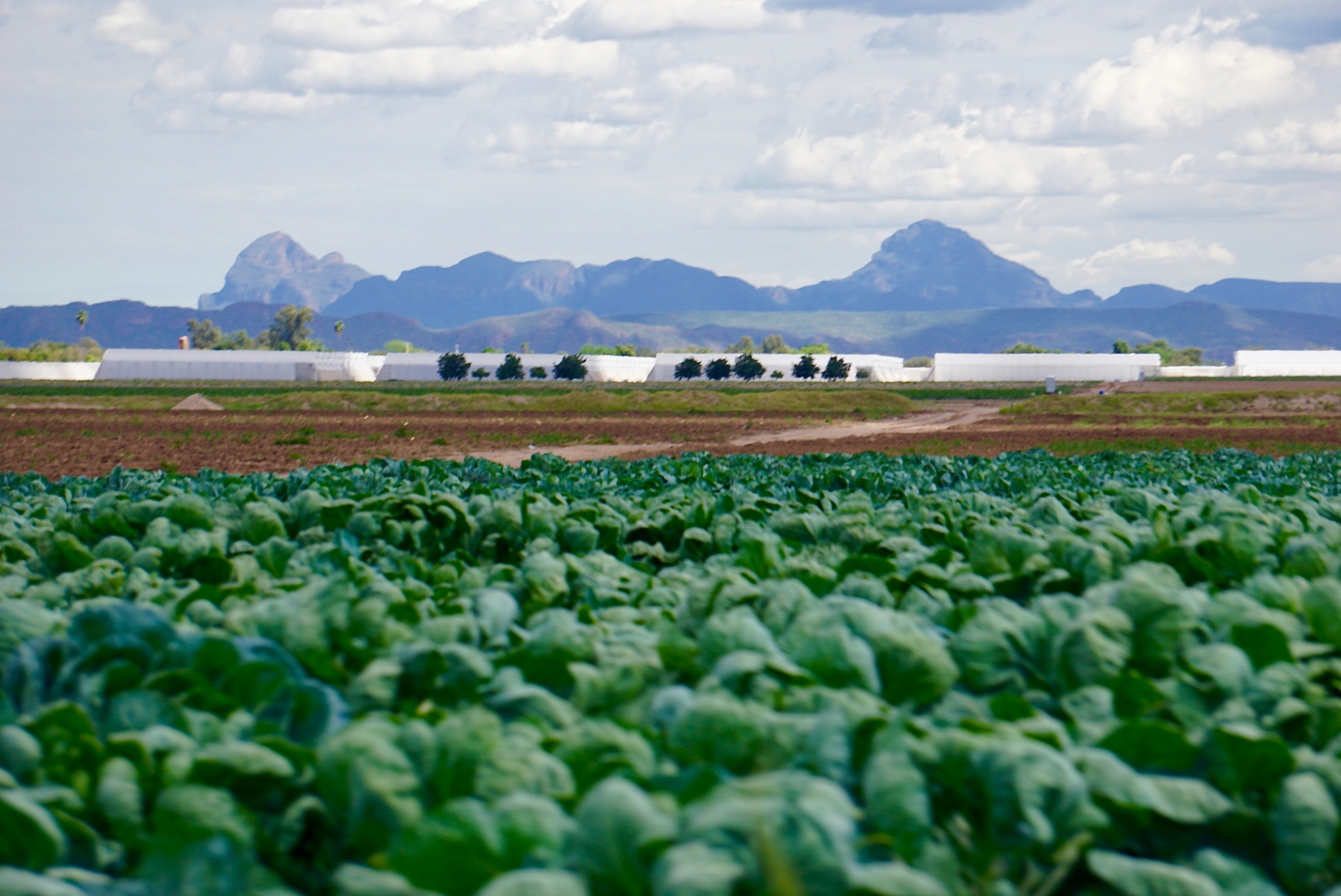

My first box arrived and I was shocked the produce was wonderful I’m used too doing good things with the ended of things I love roasted carrots and sweet potatoes size of ouns dont matter either it all cooks the same thanks again the zucchini will make good bread and maybe a salad good work and then the scraps will go in my worm bins they love all the garden stuff I have so this will help too red wigglers is what I raise and the vermacomost is the best so happy top meet you and thanks again
Hey Carolyn! Thanks so much for sharing this feedback with us. We’re delighted to hear that you’re loving your produce so much. An extra thanks for embracing the joy of worm composting! Folks like you make us feel inspired and hopeful about the future of our food system and our soil. Thanks so much for your support!
Like!! Great article post.Really thank you! Really Cool.